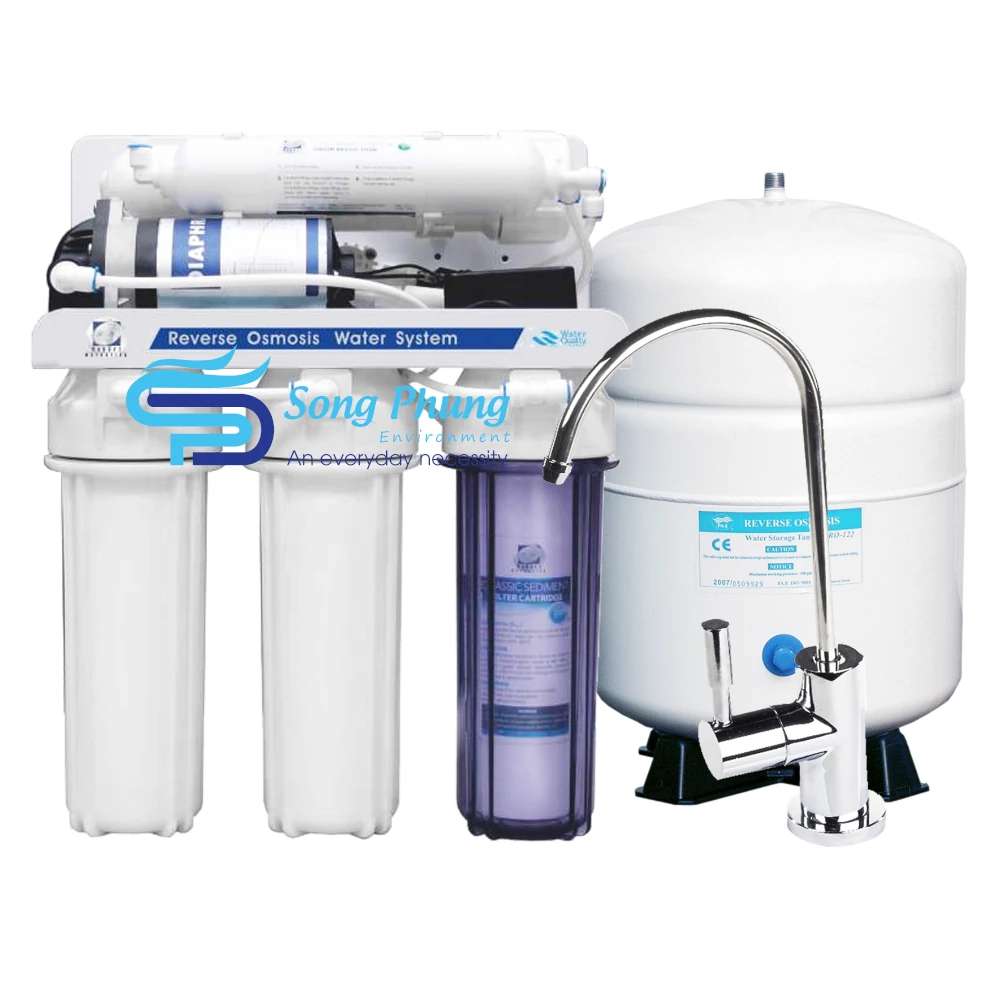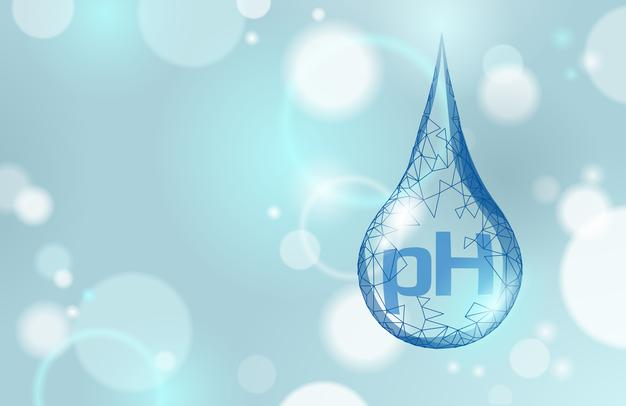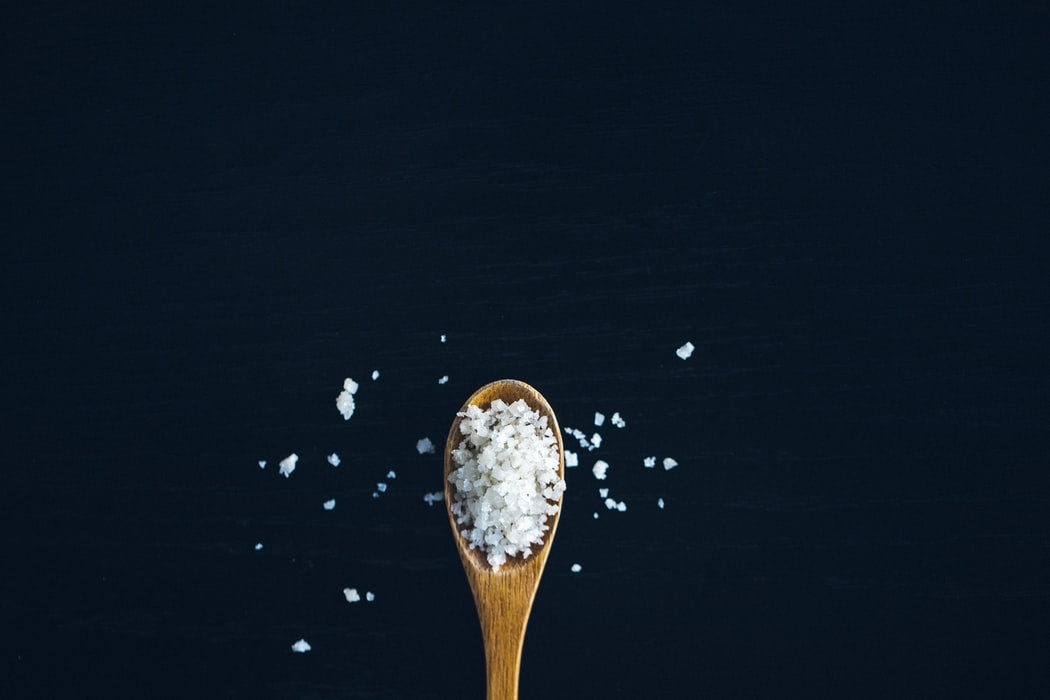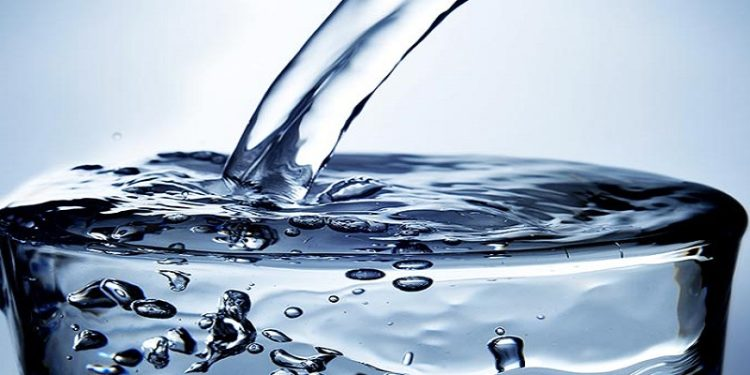Selective reverse osmosis or water distillation?
Reverse osmosis (RO) filtration systems and water distillation are both well known for their ability to remove contaminants from water so you can choose which one is right for your home water treatment system. Song Phung will help you distinguish the difference between reverse osmosis filtration systems and water distillers.

How are reverse osmosis and water distillation similar?
Both systems are similar in their ability to remove the majority of contaminants from the water, and they are safer than bottled water.
Remove contaminant
Reverse osmosis filtration systems and water distillation both purify water by removing most contaminants such as chlorine, chloramines, VOCs, heavy metals, and some bacteria and viruses. Where reverse osmosis filtration systems remove these contaminants by passing them through a series of filters, water distillation uses boiling and condensing the resulting liquid water vapor. Both systems produce contaminant-free water that is safe for the health of the occupants..

Environmental impact
Any water treatment system will affect the environment more or less. The environmental impact of reverse osmosis filtration systems originates from the materials used in the filtration equipment and the wastewater that is released during the filtration process. Many of the filters used in reverse osmosis systems are recyclable, so it’s a good idea to test them before you throw them away. About 25% of the clean water is used, while the remaining 75% carries filtered impurities down the drain. Distillation impacts the environment through the use of electricity to heat water. Approximately 3kWh is used to distill one gallon of water.
Both systems are more environmentally friendly than drinking bottled water. About 40 billion plastic bottles are used worldwide every month. Most of these are not recycled, and not all that is recycled becomes reusable plastic. Water consumption per person usually falls between 1.6 liters and 3.7 liters per day, which means that each person in a household needs to drink 4 bottles of water per day. If there are four people living in the house, this totals to nearly 6,000 plastic water bottles used each year. Compare this to 4 or 5 RO cartridges that are thrown away or recycled each year, the reverse osmosis filtration system is more environmentally friendly. Likewise, the energy used to make plastic bottles and transport them is much greater than that used to distill water.
What is the difference between reverse osmosis and water distillation?
Reverse osmosis systems and distillation equipment differ in how they filter water, efficiency, and cost.
Filter
Reverse osmosis systems have at least three stages, but water distillation simply boils water and collects the steam. The reverse osmosis filtration system starts with a residue filter to remove large particles, followed by an activated carbon filter that removes chlorine, volatile organic compounds, organic chemicals, and more. The final stage of a three-stage reverse osmosis filtration system is the reverse osmosis membrane. In this stage, water is put under pressure as it is forced through a semi-permeable membrane containing small pores. This stage reduces levels of inorganic compounds as well as some viruses and bacteria. These inorganic compounds include heavy metals such as copper, lead, and sodium. A remineralization filter can be added to a reverse osmosis system to improve the taste and mineral content of filtered water.

On the other hand, water distillation does not use a traditional filter. They work by boiling water and collecting steam. The distillation process removes nearly all impurities from the water if the system is operating at the right temperature. Since the boiling point of most contaminants is above the boiling point of water, the contaminants are trapped in the boiling chamber while steam condenses on the ceiling and drips to the collection tank. Distillation removes inorganic compounds such as metals and elements that contribute to the hardness of the water. It also eliminates bacteria and viruses by killing them during boiling. Because water distillation removes a lot of contaminants from the water, the water often has a bland taste.

Effectiveness
The filtration rate is also very different between the two types of filtration. The home reverse osmosis filtration system has a GPD that indicates how many gallons the system will clean per day. For example, a reverse osmosis system can filter about 180 liters of water per day if necessary. In contrast, an average home water distiller takes longer to produce 3.7 liters of water than a reverse osmosis filtration system. For example, this pure water distiller can purify 3.2 liters of water in about 3.5 hours. While this may be fast enough for a person’s daily water intake, the distiller doesn’t operate fast enough to be used for most cooking applications. Reverse osmosis filtration system filters enough water during the day for washing dishes, cooking, and drinking.
Cost
Reverse osmosis systems cost from 4,000,000 VND to 28,000,000 VND, while home water distillers typically cost from 14,000,000 VND to 80,000,000 VN . Factors that affect the cost of a reverse osmosis filtration system include the number of filtration stages and the system’s GPD rating. The distillation cost factors relate to the size and efficiency of the system.
The operating costs of a reverse osmosis filtration system involve purchasing new cartridges several times a year, while the operating costs of distilleries are more linear. You can spend about 2,400,000 VND a year on replacing carbon and residue filters for reverse osmosis systems. Every two years, you will have to replace the RO membrane, the price ranges from 2,000,000 VND to 5,000,000 VND. Distillers, on the other hand, are serviced by cleaning rather than by replacing parts. However, the electricity used by a distiller accounts for the majority of operating costs. The average cost of electricity in the United States is 10,000 VND per kWh. A distiller uses about 3 kWh to distill 3.7 liters of water making home distillation costs about 75,000 VND for about 3.7 liters. This makes reverse osmosis filtration much less expensive than home water distillers.
Advantages of water distillation compared with reverse osmosis
While reverse osmosis systems hold the upper hand in many areas, water distillers possess a number of distinct advantages.
Can be used in rented space
The RO system attaches to the indoor plumbing and therefore cannot be installed in an apartment. For those living in an apartment who want access to purified water, a distiller is a great option.
Setup is less complicated
Reverse osmosis systems typically require a water softener attached before the water passes through the stages of the reverse osmosis filter. This prevents water hardness from accumulating on the RO membrane and causing damage over time. When purchasing a reverse osmosis filtration system, you also have to decide how many stages of filtration you want and whether or not the system will be installed under the sink. On the other hand, distillers operate very simply, they must be connected to a power source and supplied with water for distillation.
Better removal of bacteria and viruses
While reverse osmosis filtration systems can remove most bacteria and viruses from water, bacteria can grow on membranes and enter the water supply. For municipally treated water, this is not a problem. However, if the water is taken from elsewhere, such as a well, the distiller is more effective at removing bacteria and viruses than a reverse osmosis filtration system.
See more: Heavy metals in water and the risk of bioaccumulation
Used in a wide variety of industrial applications
Because water distillers remove a lot of contaminants, distilled water is used to clean machinery in hospitals, laboratories, and factories to prevent limescale buildup. It is also used to cook food and clean the hands of medical professionals. The pharmaceutical industry also uses water after distillation to prevent any undesirable reactions from mixing ingredients.
Song Phung provides quality RO reverse osmosis water filtration system
With more than 10 years of development in the water treatment industry, Song Phung has provided customers with the most optimal solutions for clean water for domestic and industrial use. Customers can purchase genuine reverse osmosis filtration system at https://cleanwater.com.vn/our-products
Or contact hotline 0913.90.72.74 for advice and a quote for a suitable water filter system.
Follow Fanpage: https://www.facebook.com/SongPhungthietbinganhnuoc/ to update new products.
Translator: Duong Nguyen Hoang Khang














